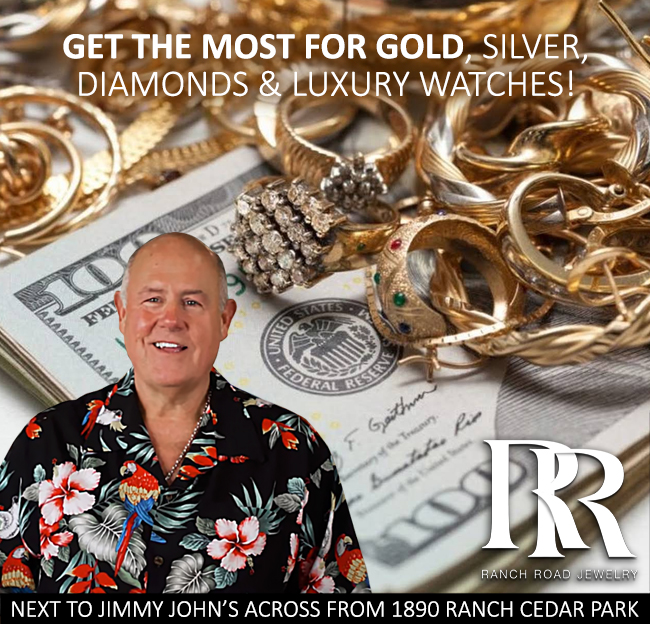The Impact of Gold Buyers on the Variation of Jewelry Costs in Today's Market
This jewelry industry represents a dynamic and ever-changing landscape shaped by multiple factors. One key element that affects jewelry costs involves the function of precious metal purchasers. Gold buyers are persons or companies that purchase gold in different formats, including jewellery, currency, and bullion. Their activities can have a immediate impact on the supply and demand for precious metal, which in consequently influences the prices of jewellery made from this precious metal. Understanding how gold purchasers function and their influence on industry variations is essential for anyone involved in the jewellery industry.
Precious metal purchasers often respond to shifts in the worldwide economy, which can result to variations in precious metal prices. When financial uncertainty arises, many traders turn to gold as a secure haven. This heightened need can drive up the cost of gold, making jewelry more costly. On the other hand, when the economy is steady and traders feel confident, the need for precious metal may decrease, leading to lower costs. This relationship between precious metal buyers and market factors emphasizes the importance of economic signals in determining jewellery prices.
Another factor to consider involves the impact of gold purchasers on the supply side of the industry. When precious metal buyers purchase large amounts of precious metal, they can influence the total supply on the market for jewellery manufacturing. If gold purchasers are proactively acquiring precious metal, it can lead to a reduction in the amount of gold on the market for jewelers, which may result in prices to increase. On the other side, if precious metal buyers are liquidating their precious metal back, it can boost the supply and possibly lower costs. This supply and need dynamic is crucial for comprehending how gold purchasers affect jewelry prices.
Additionally, the conduct of precious metal buyers can vary based on patterns and customer preferences. For instance, if there is a growing trend for vintage jewelry, precious metal buyers may look for out older items to meet this need. This can lead to an rise in the price of Resources particular types of jewellery, as collectors and buyers are prepared to pay more for distinctive items. Similarly, if there is a rise in demand for sustainable or responsibly sourced jewellery, gold purchasers may focus on acquiring precious metal that meets these standards, further influencing industry prices.

In conclusion, precious metal purchasers play a vital role in the variation of jewelry prices in the current industry. Their purchasing decisions are influenced by economic factors, supply and need dynamics, and evolving customer preferences. As the jewellery industry continues to evolve, grasping the influence of gold purchasers will remain essential for both consumers and industry experts. Through keeping an eye on the actions of gold purchasers, people can gain important understanding into the trends and elements that shape jewelry costs.